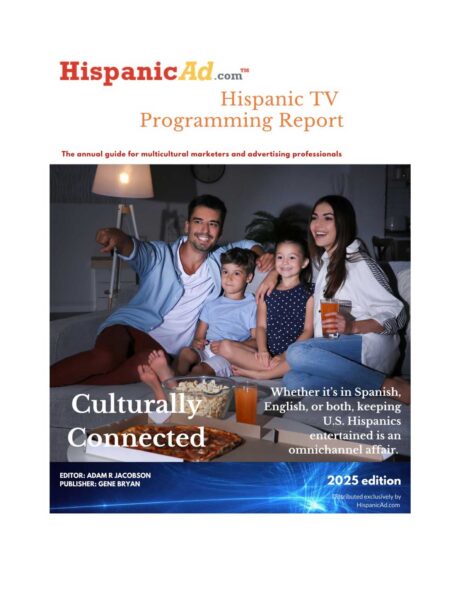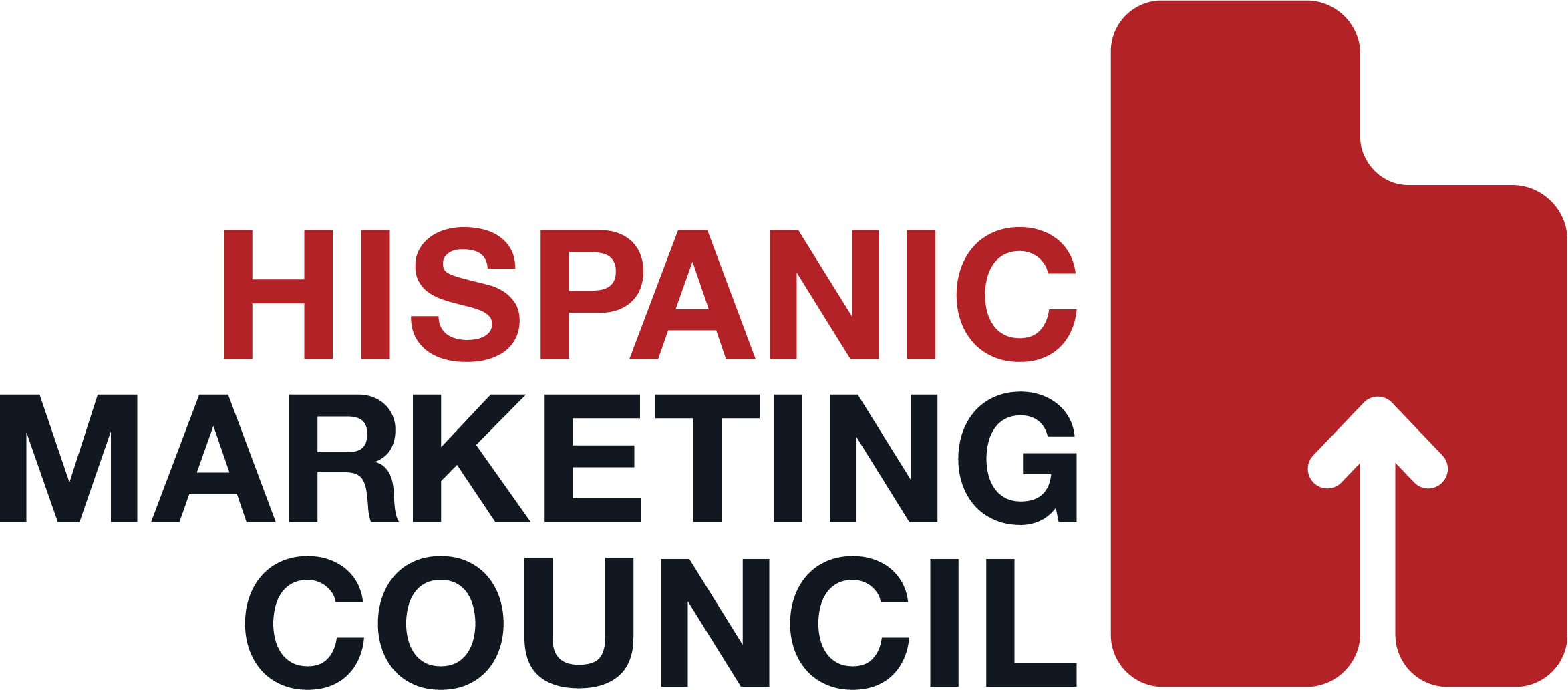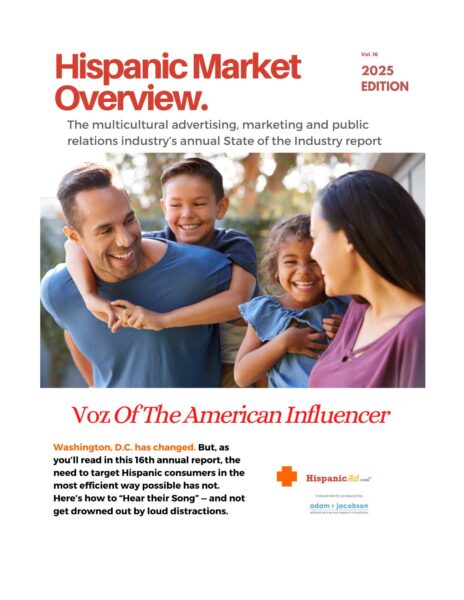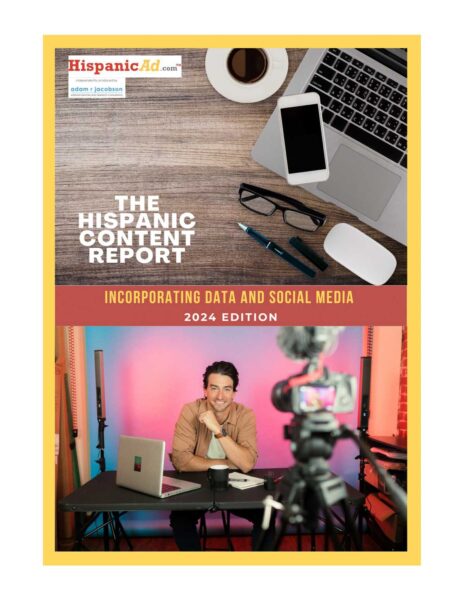Language and Hispanic Culture.
October 23, 2005
The Spanish language has a powerful effect on the way Hispanics think and behave. The Spanish language is an important part of Hispanic culture, and it carries with it certain feelings and experiences common to Hispanics. A good example of this can be seen in something my mother tells me every time I am stressed about the outcome of an uncertain situation in my life. She tells me: “Mi hijita, sera lo que Dios quiera.” As a Hispanic woman, she shares a sense of fatalism with many other Hispanics. Her use of that expression signifies that there is only so much we can do, and at some point we just have to leave it up to God.
The Sapir-Whorf hypothesis holds that language determines the way people think and therefore members of different cultural groups perceive the world relative to their language (Korzenny, pg. 93). It even suggests that the experience of members of different linguistic groups would be so different that their thinking would not necessarily converge (Korzenny, pg. 93). Although this view is controversial and may be somewhat extreme, the language people use does have an influence on the way people perceive things and the way they organize information.
For these reasons, marketers might infer that targeting Hispanics in Spanish is the way to go. Images and connotations that are evoked by the Spanish language have an emotional appeal. Since most Hispanics in the U.S. are socialized in the Spanish language, “the symbols embedded in the language conjure images, thoughts and emotions that are different from those evoked by the English language (Korzenny, pg. 95).” “Spanish is the tongue which I feel speaks from my heart,” says a 24-year-old Hispanic born in the U.S. (Korzenny, pg. 94) Clearly, if a marketer is trying to get Hispanic consumers to fall in love with his brand, then he better be speaking the same language.
On the other hand, if the language Hispanics in the U.S. use has an influence on the way they perceive things, then there is something to be said for targeting them in the other language they use-English. According to the U.S. census, the total number of U.S. Hispanics proficient in English can be up to 76 percent. A study done by the Yankelovic Multicultural Monitor indicates that 60 percent of Hispanics surveyed indicated that they understood English very well (Korzenny p.108). Hispanics in the U.S. are leading bilingual and bicultural lives. For example, due to the lack of relevant programming on Spanish television networks and the small number of these channels, most Hispanics watch a substantial amount of television in English. “The English language is understood as a necessity and a reality of U.S. life (Korzenny p.110).”
In any case, there are certain situations in which targeting Hispanics in English would be the best decision. It is important for marketers to realize that Hispanics may have learned vocabulary for certain products, like electronics, in English. “Products and services that are related to what Hispanics have learned in their lives in the U.S., which include many consumer products, tend to be associated with English (Korzenny p. 116).”
Since most Hispanics speak Spanish and many speak English, a new sort of language has emerged among U.S. Hispanics-Spanglish. Spanglish is any form of Spanish which includes a high quantity of words borrowed from English, especially as substitutes for existing words in Spanish (http://members.tripod.com/%7Enelson_g/spanglish.html). This practice is a special form of code switching that mixes languages in individual words as opposed to mixing elements of language within sentences or paragraphs (Korzenny, p. 98). Some marketers may think that reaching Hispanics in Spanglish might be an effective and innovative approach. However, it is important for marketers to know that Spanglish is not a distinctive language with common rules and vocabulary. Different users of Spanglish use it in different ways, therefore communicating with Hispanic youth in Spanglish is not really plausible.
Marketers face many important decisions when looking at which language to target U. S. Hispanics. Language has a strong effect on how people think and behave and on consumer behavior. Although Spanish may seem like the best choice in certain situations, marketers should be aware that just because a message is in Spanish does not mean a consumer will trust the message any more than if it were in English. Ultimately, the marketer who takes the trouble to understand the Hispanic consumer will be most effective. Since language plays an important part in this effectiveness, the marketers must look at his or her marketing objective and “decide whether to use the emotion-laden Spanish language to appeal to Hispanic consumer motivations, or the more functionally oriented English language to underscore relevance to their lives in the United States (Korzenny, pg. 116).”
Margarita Sarmiento
mm****@*su.edu
Master’s Candidate, Integrated Marketing Communications
Florida State University
Sources Cited
” Korzenny, Felipe, Dr. and Korzenny, Betty Ann. Hispanic Marketing: A Cultural Perspective. Elsevier Butterworth-Heinemann. Burlington, MA, 2005.































